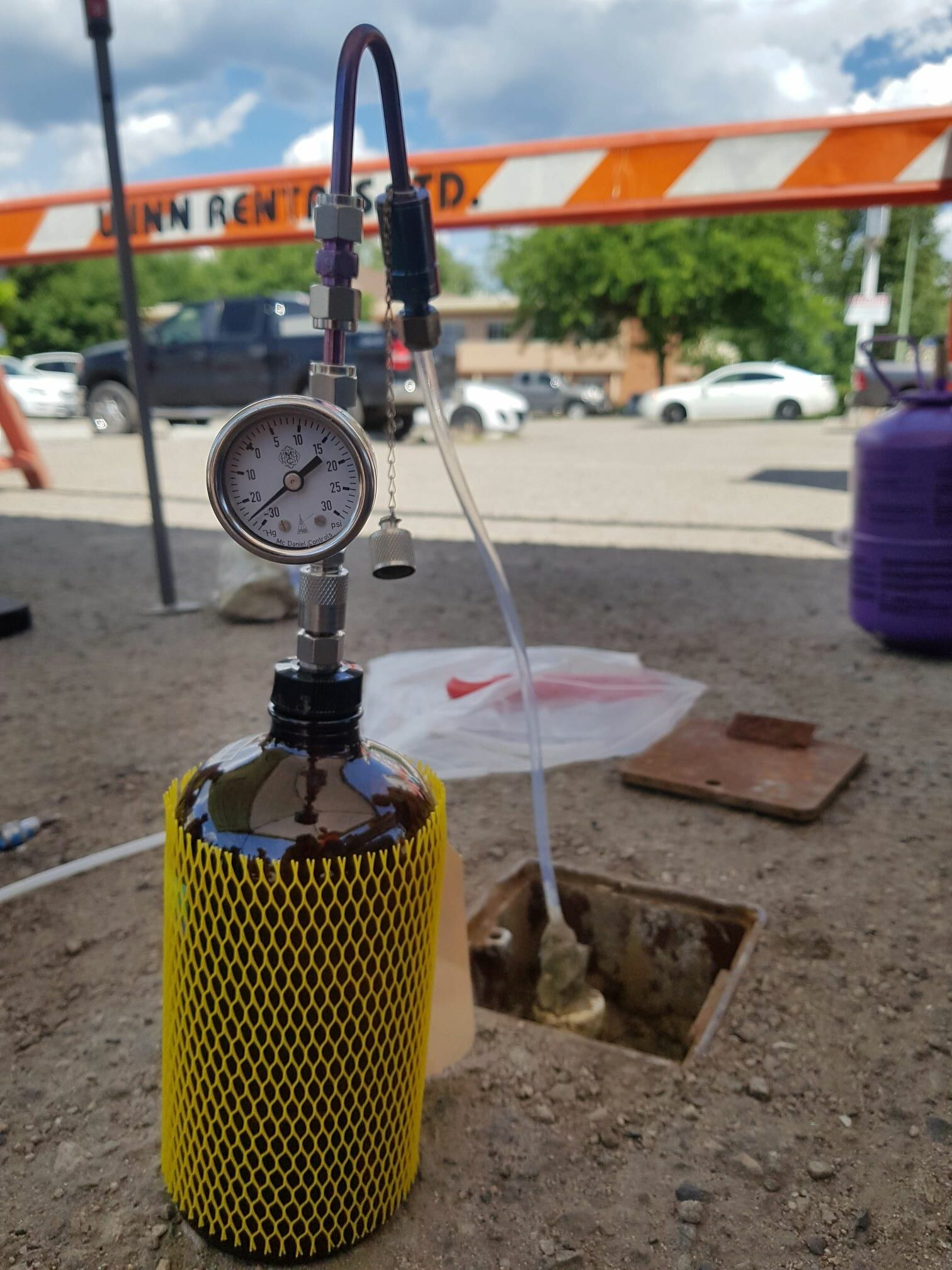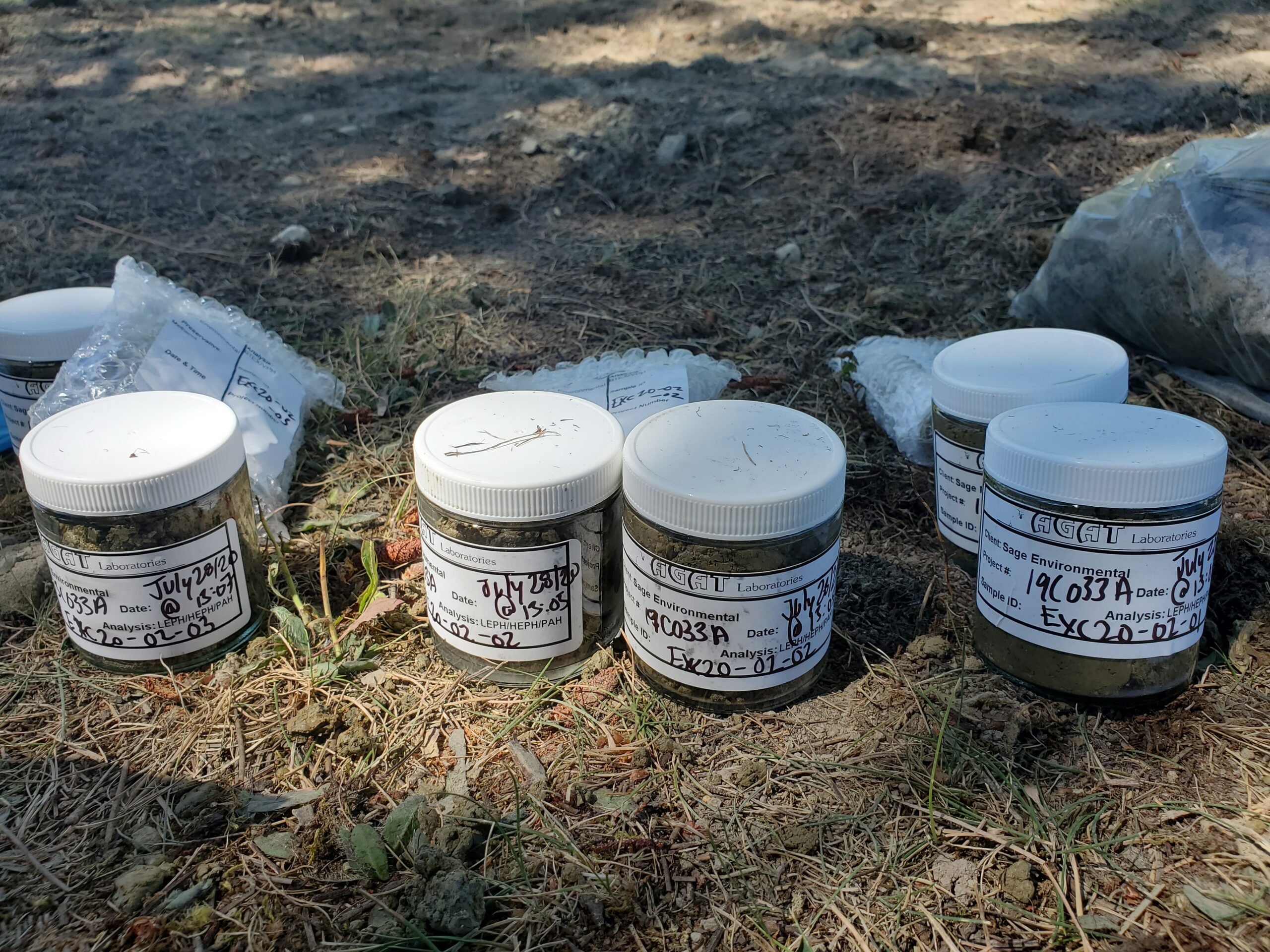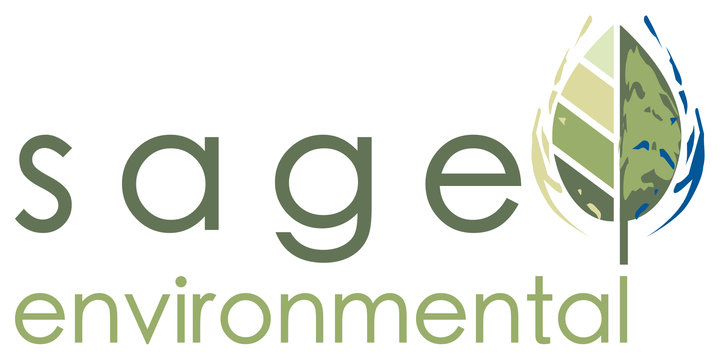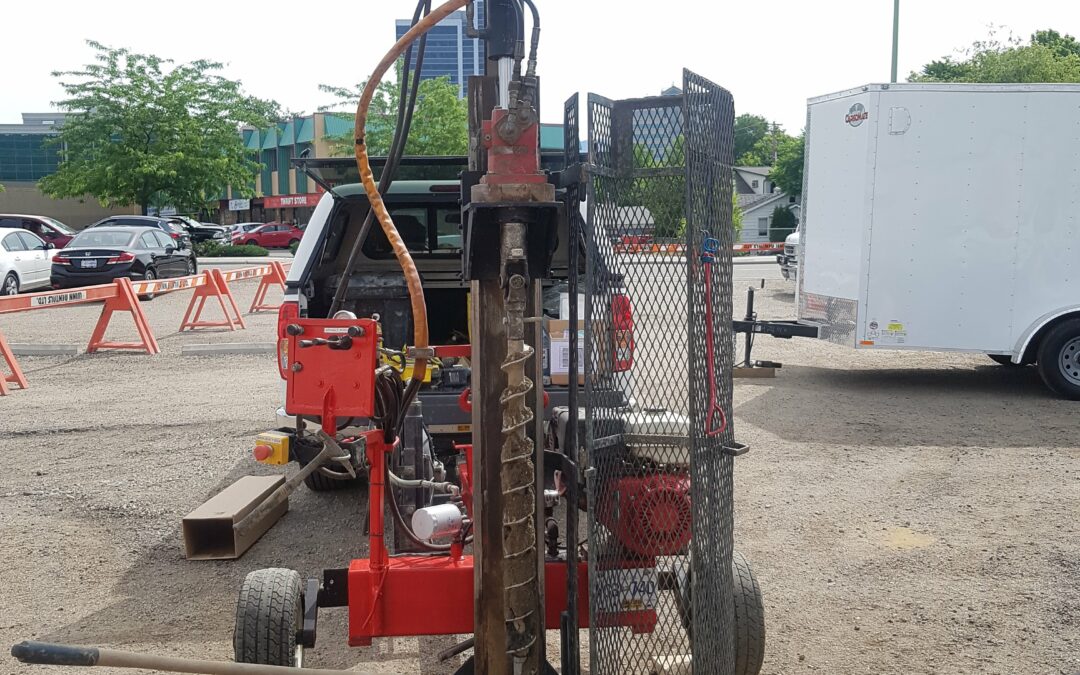By: Kristen Cockburn, PAg.
When is a DSI needed?
Phase II Environmental Site Assessment and Stage 2 Preliminary Site Investigation that identify contamination often recommend a Detailed Site Investigations (DSI).
- A DSI finds the extents of contamination to quantify impacts to soil, groundwater and soil vapour. The details on contaminant type, severity and amount will inform further remediation or risk assessment options.
- A DSI may include off-Site investigations if contamination has moved past the Site boundaries.
- A DSI is required prior to remediation for any type of permit release or Certification Document from the Ministry of Environment (BC ENV).
What is the Purpose of a DSI?
We want to find the horizontal and vertical extents of the contamination identified in a Phase II ESA. We also want to determine the maximum concentrations of contamination. To acquire samples for each type of media, this can include:
- Soil – additional boreholes or test pits
- Groundwater – additional monitoring wells, possibly at different depths
- Soil Vapour – additional probes, possibly at different depths, outside and inside buildings if present.
When looking at all three media types, we can include monitoring wells and soil vapour probes within the boreholes to save on time and costs.

What are the standards for a DSI in BC?
In BC provincial regulations and guidance apply to investigation methods. This includes following these Technical Guidance (TG) on Contaminated Sites :
- TG 1 – Site Characterization and Confirmation Testing (Soil)
- TG 4 – Vapour Investigation and Remediation
- TG 8 – Groundwater Investigation and Characterization, and
- Double checking against the checklist in TG 11 – Guidance for a Stage 2 Preliminary Site Investigation and Detailed Site Investigations
In practice horizontal delineation is often achieve with “step-out” soil sampling locations . Step outs are often 5-10m from the known contamination point. This spacing helps us to find the horizontal edges and concentration gradients a contamination plume.
Vertical delineation is achieved by sampling at depths in a testpit, borehole or well. With soil and groundwater, we often drill or excavate deeper than in the Phase II ESA to confirm the vertical extent
What do we look for in the field?
Media characteristics such as colour, oxidation and smell may indicate contamination or soil impacts. Samples are screened in the field with meters such as a Photo-Ionization Detector (PID). Field readings give an indication of contaminant levels. While these indicators can be helpful, we do not know concentrations until we receive the analytical reports from the laboratory. This can mean that step out sampling may be completed more than once to find the edges of the plume.

Know your limits
Some contamination has the potential to migrate past a property line. Indications of actual or likely migration to a neighboring property require a Notice of Likely or Actual Migration be submitted to the affected neighbour and the BC ENV. Generally speaking, under BC law the owner or operator of the property where the contamination originates is responsible for remediation.
What do we do with all this information?
Information from the Phase II ESA or Stage 2 PSI and the DSI is used to compile a model for understanding the contamination. The model will show us contamination extents, potential volumes of soil, soil layers and groundwater details. The development of this Conceptual Site Model can include maps, cross-sections and analytical information. This helps to inform the scale and options for remediation and whether off-Site work may need to be completed. A complete DSI report should give a comprehensive picture of the contamination on Site.
Who should you hire for a DSI?
In BC practitioners with rights to conduct a DSI are governed by the Professional Governance Act. Along with practice rights service providers need to be experience and appropriately trained to adhere to provincial standards.
The expert qualified professionals at Sage Environmental would be happy to discuss your project. Contact us if you have questions or wish to understand more about the process.

